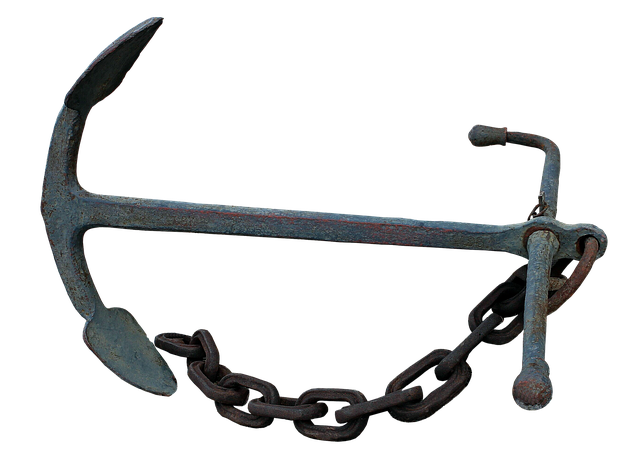How is the power of small habits optimized in your organization? What about your leadership?
I’ve been writing about this in recent posts, because habits are powerful. As 2020 has proven over and over again, habits have an enormous impact on our health, productivity, financial security and even our happiness.
The process of habits includes neurological cravings for the pleasure-inducing neurotransmitter dopamine, which motivate us to take action. However, motivation alone is not enough to help us change our behavior and create a habit.
Motivation
In his recent book, Tiny Habits (Houghton Mifflin Harcourt 2020), BJ Fogg, PhD describes the complexities of motivation:
- The Motivation Wave: a temporary surge of motivation
- A Motivation Fluctuation: minute by minute fluctuations in motivation
- Motivation toward an abstraction doesn’t yield results.
- Motivation is not the winning ticket for long-term change. What actually drives behavior is ability and prompt.
You see, motivation is complex, often made up of competing or conflicting motives: opposing drives related to the same behavior. Therefore, we must outsmart motivation by focusing on behaviors.
As I wrote in my last post, here, the habit formula can be written as:
Motivation+Ability+Prompt=Behavior
According to Fogg, aspirations are abstract desires, and outcomes are measurable abstractions. A behavior is something you or your employees can do right now or at any given moment.
Ability
“Your ability chain is only as strong as its weakest ability factor link.”
BJ Fogg, PhD
As the great leaders I work with know, understanding and strengthening our skills and abilities is critical to success. To make a behavior easier to do—to increase ability—successful leaders improve skills, get the tools and resources needed to complete the behavior, and/or make the behavior tiny with a small step toward the desired behavior. Fogg calls this shrinking the behavior down to scale.
Prompts
Prompts are the “invisible drivers of our lives,” according to Fogg. He contends that if there is no prompt, there is no behavior, “even if you have high levels of motivation and ability.” Prompts, or cues, can be simplified into three categories:
- Person (reptilian brain; internal cues)
- Context (environmental; external cues)
- Action: a behavior you already do (an anchor) that can remind you to complete a new action until it becomes a habit. For example, after I (anchor), I will (new habit.)
Because we often have no control over the first two categories, the third is most reliable and effective. However, we must know how many new habits to do at once and when to add more.
I’ll dive in to that in my next post. In the meantime, what do you think about the power of small habits? How might this help you refocus in 2021?
I’d love to hear from you. You can reach me here, on LinkedIn, or give me a call: 561-582-6060.

Did You Enjoy This Article?
Join thousands of other smart business owners like yourself & get our Proffittable Times newsletter.
It's filled with actionable content you can apply immediately.
Sign up now to get started!
– Coach Nancy










